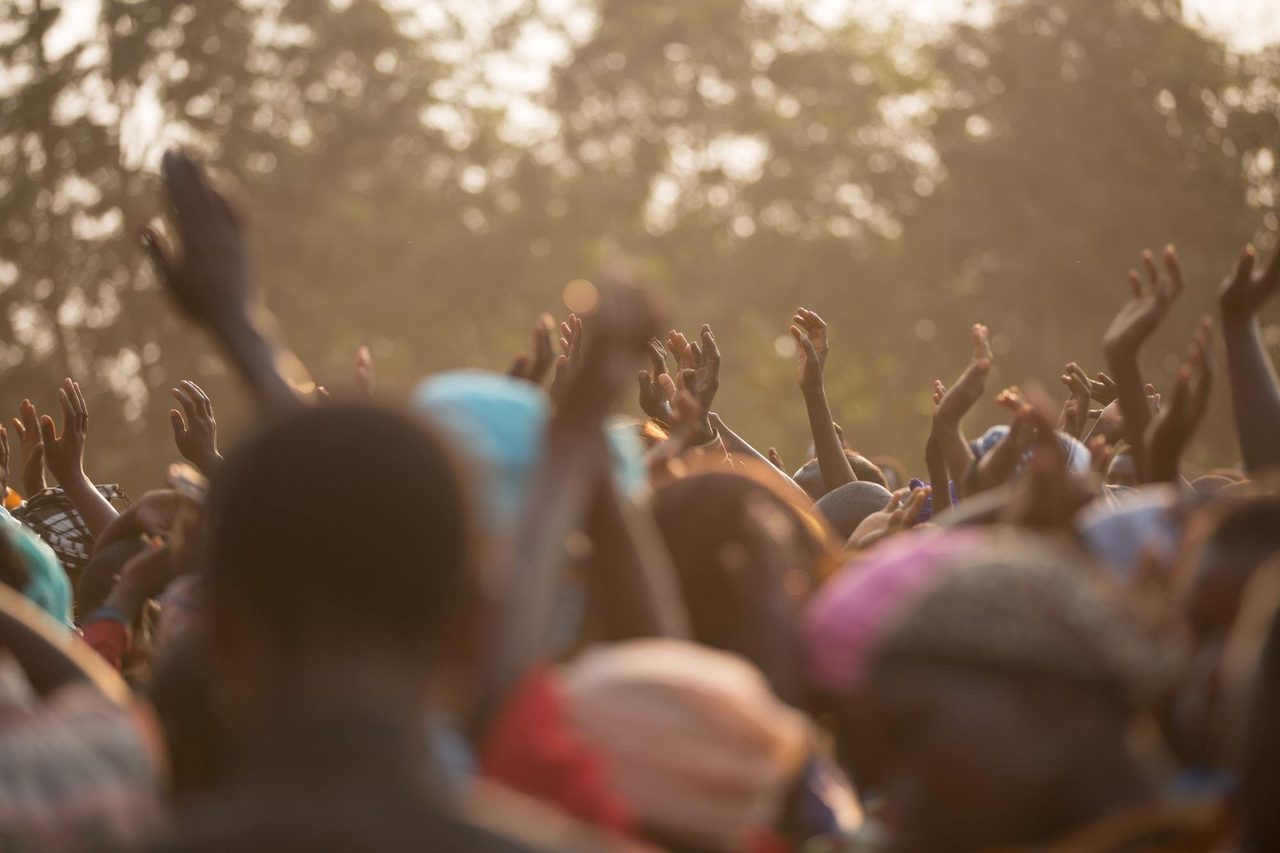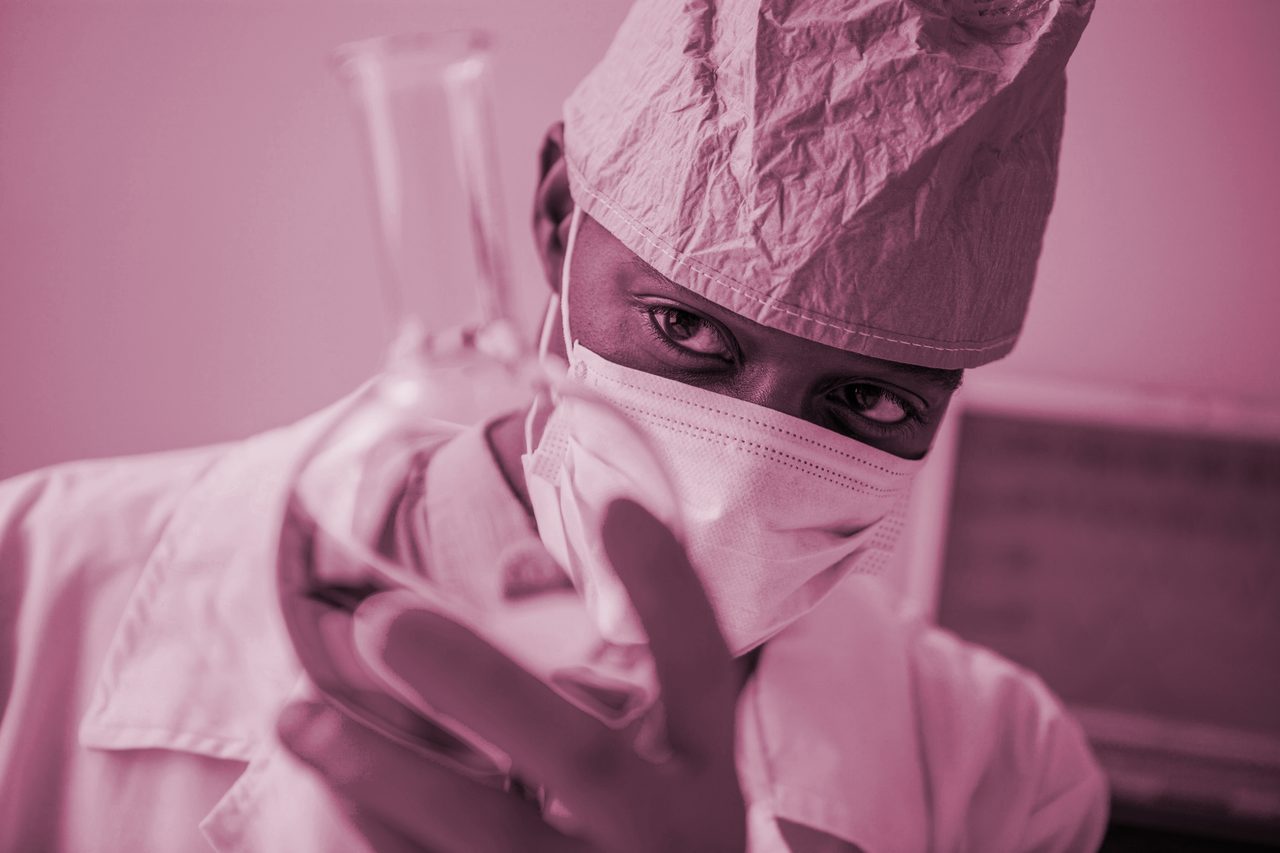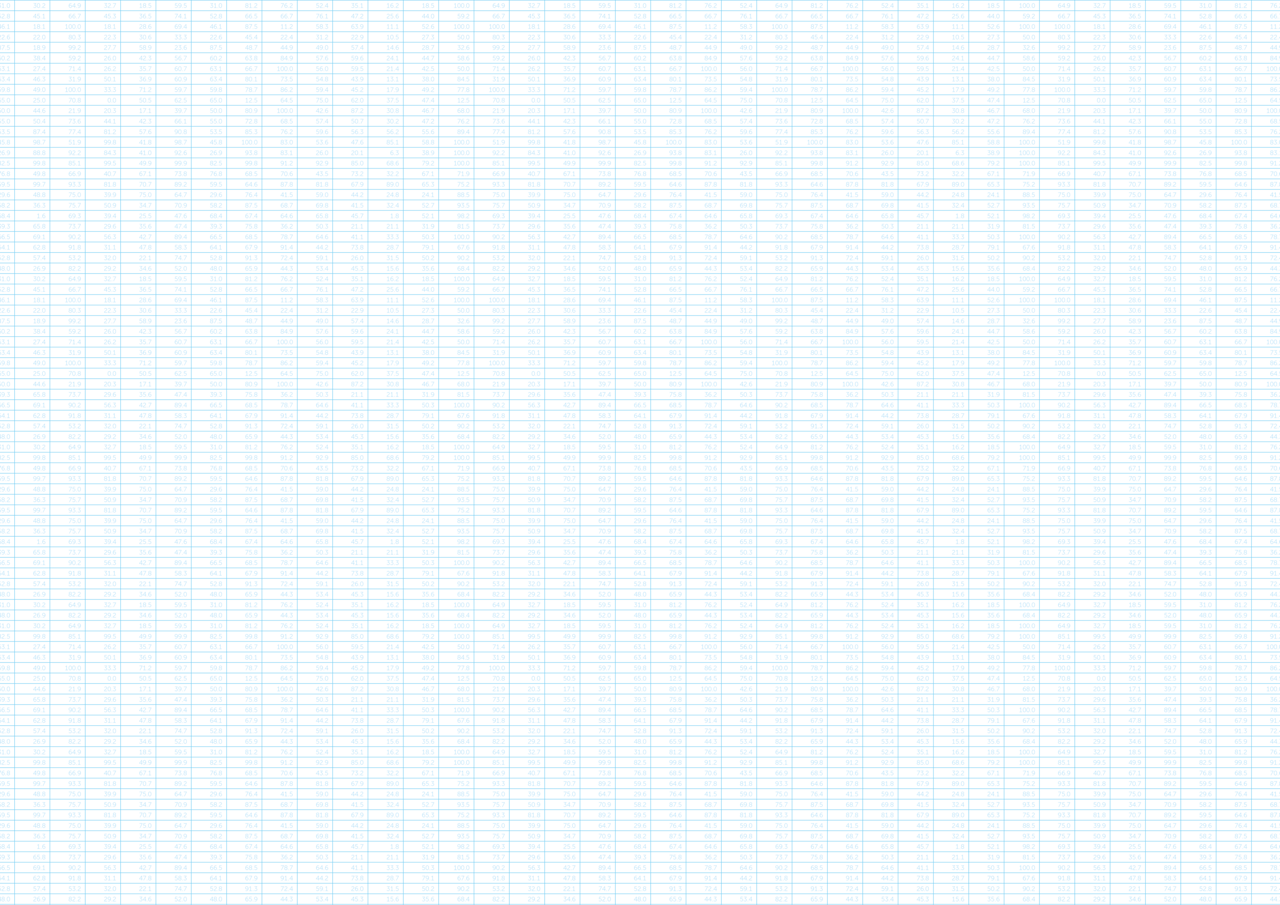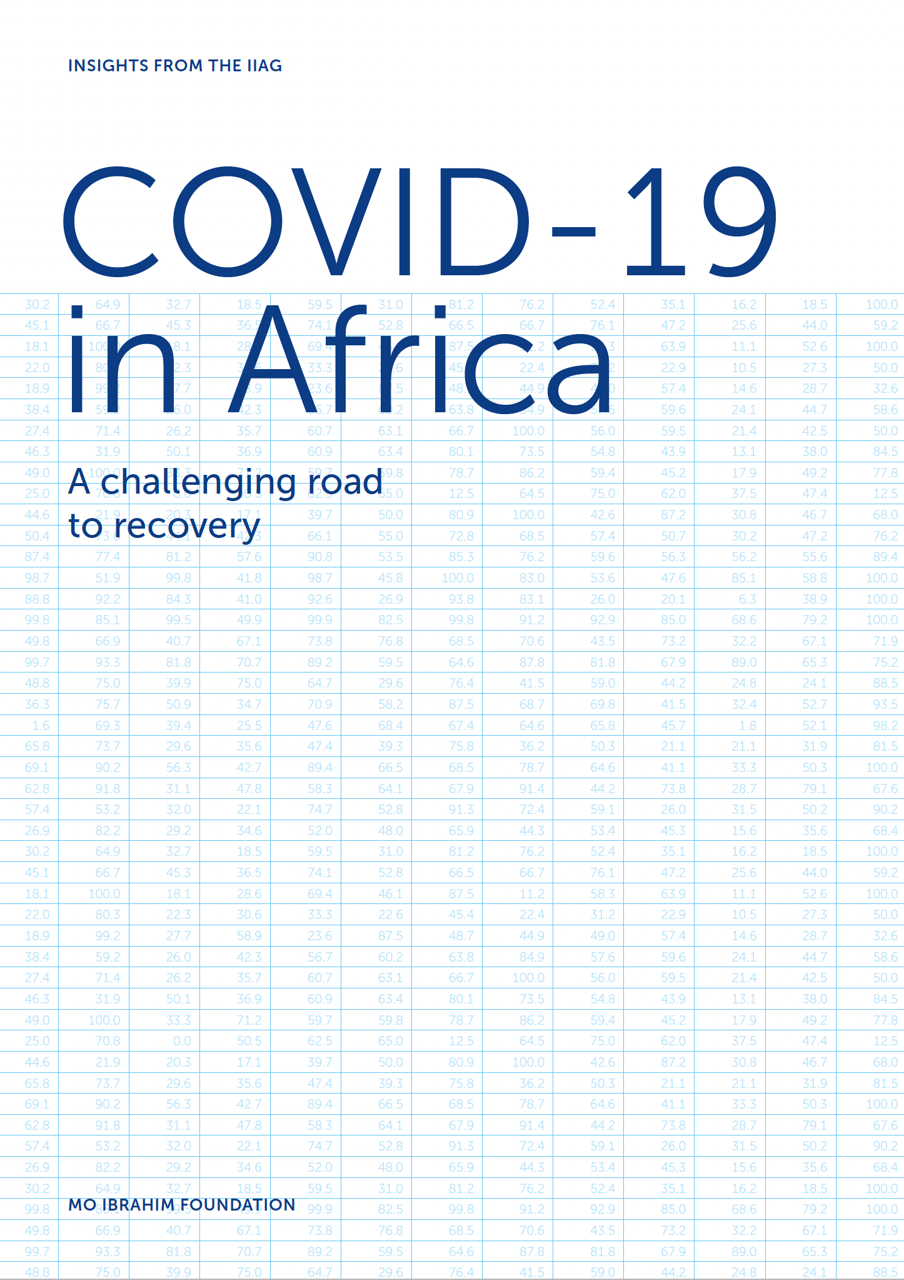The 2021 Ibrahim Forum Report and discussions highlighted these challenges at the continental level, while also underscoring the need and potential to ‘build back better’.
Drawing on a decade of data from the 2020 Ibrahim Index of African Governance, this new report examines where each African country is on the road to recovery.
Africa was already off-course to meet development agendas, but the impact of COVID-19 exacerbated key vulnerabilities and challenges for health, society and economic progression.

No recovery while just 9.7% of the population is fully vaccinated
Recovery will only be possible, at health or economic levels, with a significant increase in vaccination rates.
While more than 9.6 billion COVID-19 vaccines have been administered globally, Africa accounts for just 3.5% of these.


Africa
G7 countries
9.7%
69.8%
COVID-19 vaccination rates (as of 13 January 2022)


There will be no economic or social recovery unless we prioritise health recovery.
Africa needs to build its health sovereignty
The pandemic exposed Africa’s fragile health capacities and a dependence on external supply.
But the potential to upscale Africa’s vaccine manufacturing capacity is clear: Africa represents 25% of global vaccine demand yet imports 99% of its routine vaccine needs.
Increasing vaccine development and manufacturing capacities on the continent will not only bring health and social benefits, it will also create business opportunities and local employment.
Without sound data, there can be no efficient public policy or resource mobilisation.
Mo Ibrahim

Yet barriers remain.
Civil registration is key to assess needs but also crucial for citizen access to services.




25%
99%
If only 10% of deaths are registered in Africa, how can the number of COVID-19 casualties be accurately measured?







6 in 7
An estimated 6 in 7 COVID-19 cases in Africa go undetected (WHO)
Africa accounts for 25% of global vaccine demand
Africa imports 99% of its routine vaccine needs
If 50% of children in Africa have no legal existence, how can countries ensure any efficient vaccination campaign?
Relatively high out of pocket expenses and insufficient public investment means that few Africans have access to quality affordable healthcare.
In 2021, only 10 African countries provide Universal Health Coverage – a goal of both Agenda 2030 and Agenda 2063.
The IIAG Indicator Access to Healthcare has remained almost static between 2010 and 2019 with a marginal increase of just +0.4.
African countries: Access to Healthcare indicator (2019)
Severe shortfalls in Africa’s health capacities have been exposed by COVID-19. The chronic lack of specialised equipment and highly qualified staff, partly due to ‘brain drain’, was only tempered by an early and relatively coordinated response across the continent, building on experience from previous pandemics.
Improving data capacity and investing in health systems will transform healthcare in Africa. In 2018, no African country was meeting the 2001 Abuja Declaration to allocate at least 15% of government expenditure to health.
Doing so can enable Africa to build the health autonomy it needs.






Recent social gains are now threatened by the pandemic
By 2040, Africa will have the largest potential workforce in the world, with a working age population of 1.1 billion. Unless this workforce is properly educated, trained and provided with employment prospects, it will become a recipe for unrest.
An absence of remote learning opportunities during pandemic lockdowns, with 89% of students in sub-Saharan Africa lacking access to household computers, and 82% without internet access at home, means the digital divide is widening existing inequalities: for most African students, out of school means out of learning.
Pandemic lockdowns have increased gender inequality and the level of gender-based violence, and many girls will never go back into education due to unwanted pregnancies, further hampering their access to the job market.
The pandemic has reversed many of the development gains and made our task of achieving the SDGs by 2030 even more difficult. For the first time in two decades, we are seeing a rise in extreme poverty, informal workers have lost their jobs, school closures and digital divides are jeopardising hard-fought gains in learning, and progress towards gender equality might be pushed back a generation.
Amina J. Mohammed, Deputy Secretary General, United Nations

of students in sub-Saharan Africa are without internet
access at home
82%
of students in sub-Saharan Africa lack access to household computers
89%





Democratic restrictions have added further strain to participatory and civic spaces. 29 African countries applied major violations to media freedoms in the first half of 2021, while 44 countries restricted at least one democratic practice as part of their COVID-19 response in 2020.
Potential for economic recovery provided hurdles are overcome
Despite significant challenges, there are grounds for optimism. Discussions at the Ibrahim Forum led unanimously to the conclusion that the current crisis also offers an opportunity to ‘build back better’.
But this transformative recovery can only be achieved if key hurdles are overcome.
Current economic growth models, overly dependent on external supply and demand, must be amended.
Africa has some of the lowest investment in social mitigation policies globally, meaning when the pandemic hit, many of the continent’s most vulnerable were exposed.
Africa needs an additional $285 billion by 2025 to finance the recovery. These funds cannot be secured without significant increases in domestic revenues.
In 2019, over 90% of primary export destinations were outside the continent
90%
10%




$104.8 billion
Amount of tax revenue that could be raised by improving tax efficiency in 2021, equivalent to +3.9% of GDP
$285 billion
Additional amount of money that Africa will need to respond to the pandemic
$110 billion
Amount of money that could be raised annually with better control of corruption and tightening of existing laws
$107.6 billion
Amount of money Africa loses annually through trade-related illicit financial flows
Access to reliable energy is a key building block for economic recovery and any progress in health and education. Yet Africa has the lowest access to electricity globally, with 600 million still off-grid.
The potential of the digital economy is vast, but without improved access to electricity and the internet, this potential is unlikely to be realised.
In 2021 the African Union launched the world’s largest free-trade area with AfCFTA, pointing to an integrated future that could drive economic transformation.
But without significant improvements to transport networks, this future cannot be realised, and intra-regional trade will continue to prove costly and inaccessible.
Mo Ibrahim
Crises are useful, because crises force us to stop and think, ‘what are we doing’? ‘How did we get here’?


The COVID-19 pandemic accelerated pre-existing and concerning trends in Africa’s development agenda. It also highlights the areas that must be addressed in order to get back on the road to recovery.
Data from the IIAG helps to shed light on where improvements are being achieved, and which countries are moving in the right direction towards realising their full potential.
We need to build a different Africa. We need to move forward and be self-reliant, leveraging the integration of our continent and the full potential of our youth.
Mo Ibrahim





